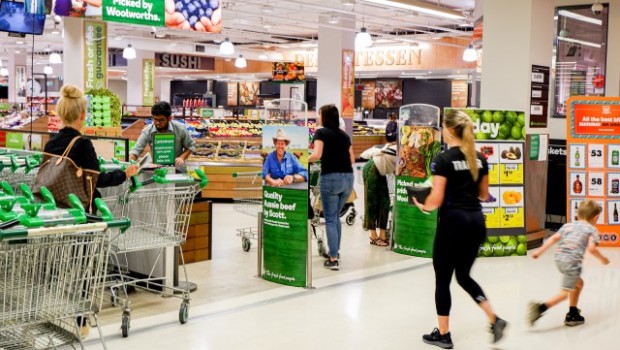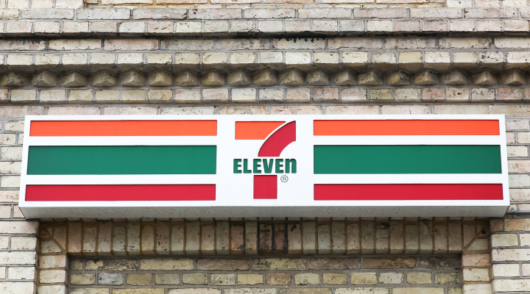
Woolworths has confirmed plans to launch a tailored online shopping site for early learning centres, education, disability and care services that buy food and groceries from the supermarket this year.
The new site, which was first reported by the Australian Financial Review, will improve the shopping experience for these organisations by giving them access to account management, centralised invoicing and consistent year-round prices.
Many businesses currently shop for food and groceries either in-store or on the consumer website, a Woolworths spokesperson told Inside Retail.
“[W]e know we can improve their experience with a tailored online offering,” the spokesperson said.
“A logical next step”
According to Louise Grimmer, a senior lecturer at University of Tasmania’s business school, the B2B market represents a significant expansion opportunity for B2C retailers, especially those with established online platforms and logistics networks.
“I think this is a smart move for Woolworths as retailers look for new markets in a post-COVID-19 world,” Grimmer told Inside Retail.
She said the supermarket’s recent announcement of a $780 million investment into automated distribution centres, means it will be able to service a growing B2B channel fairly seamlessly.
“Coles has also been active in this space with their Ocado partnership and plans for highly automated fulfilment centres in Melbourne and Sydney,” she said. “Adding B2B to the business model for these large supermarkets is a logical next step.”
In addition to sweating existing digital and logistics investments, B2B expansion offers retailers an opportunity to make higher-margin sales.
Michael Eidel, CEO of Openpay, which is providing the payment and invoicing software for Woolworths’ new B2B site, is seeing more enterprise retailers in Australia and the UK focusing on their trade divisions as margins shrink in B2C.
Speaking with Inside Retail in February, when the partnership with Woolworths was announced, Eidel said he had spoken to other retailers looking to improve their B2B offers, but declined to name them.
“What I can say [is that] B2B will be a strategic element of our business going forward,” he said. “We think it can be a growth category over the next years.”
Suppliers miss out on higher margins
As retailers look to grow their share of the lucrative B2B market, however, some are concerned they won’t pass on these higher margins to suppliers.
Dr Geoffrey Annison, acting CEO of the Australian Food and Grocery Council, said Woolworths has asked suppliers to agree to the same terms for the new B2B site as are standard in its B2C supermarkets.
“When the supermarkets deal with the suppliers for the retail trade, [the] trading terms are based on understandings of promotion […] both in-store and outside store,” Annison explained.
“They’re taking those prices over to a different model. And the question is whether that’s appropriate or not.”
This comes at a time when food prices in supermarkets have been decreasing, while manufacturing costs and wages have continued to rise, so suppliers are already feeling squeezed, Annison added.
A Woolworths spokesperson said the retailer is working with its trading partners to ensure the new channel delivers value for suppliers as well as customers.
“We’ll continue engaging constructively with our suppliers to make this happen,” they said.
In addition to Woolworths, major retailers including Bunnings, Officeworks and Temple & Webster also cater to business customers in addition to individual shoppers. This reflects the type of B2C retail businesses that are best suited to expand into B2B, according to Grimmer.
“Retailers with economies of scale with regards to products, and those that can offer a website that is easy to access, easy to use, is mobile-friendly, or even an app, and that includes all the information that buyers require to make that final decision will be the types of businesses that are better suited to B2B,” she said.





